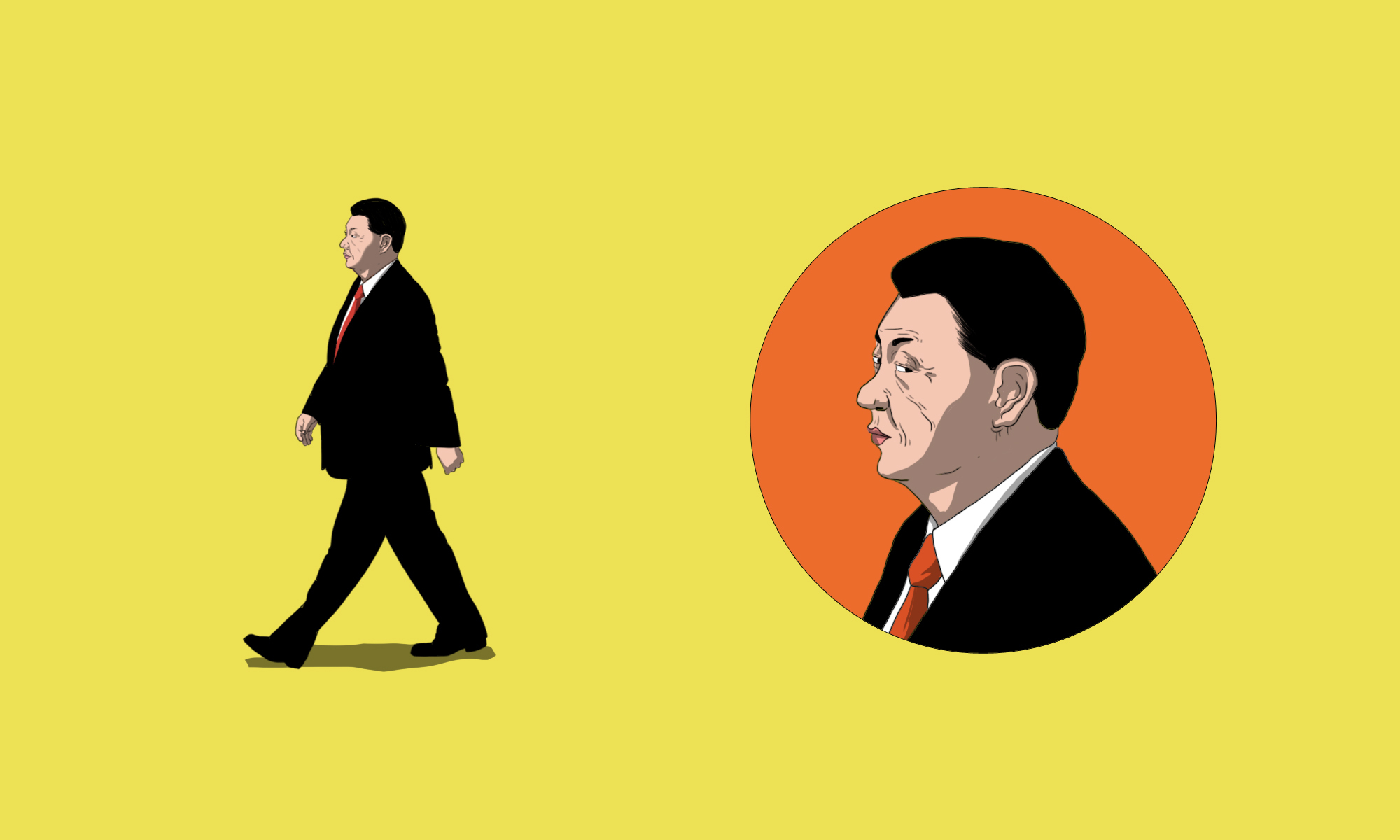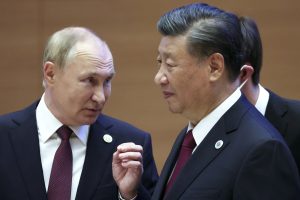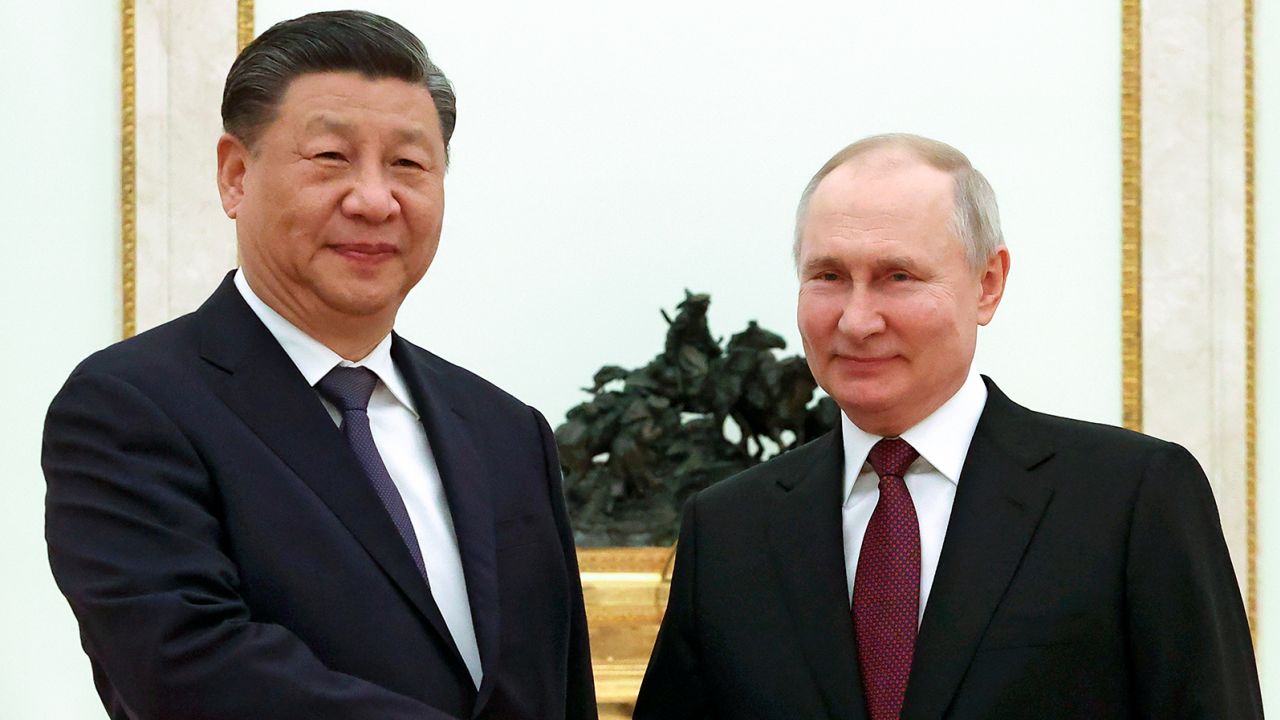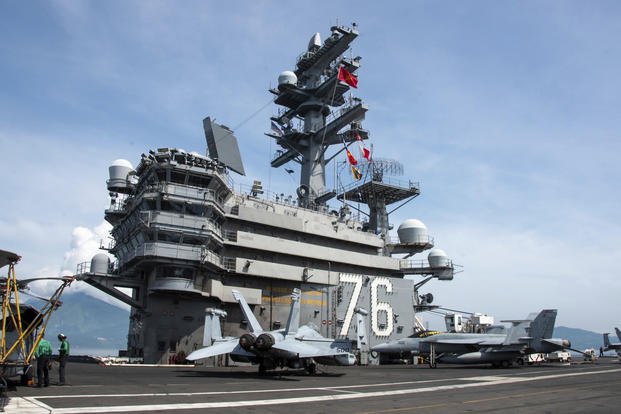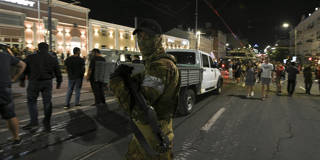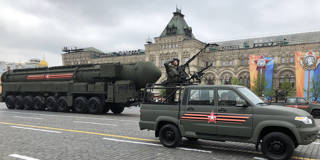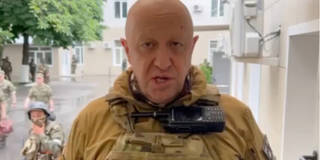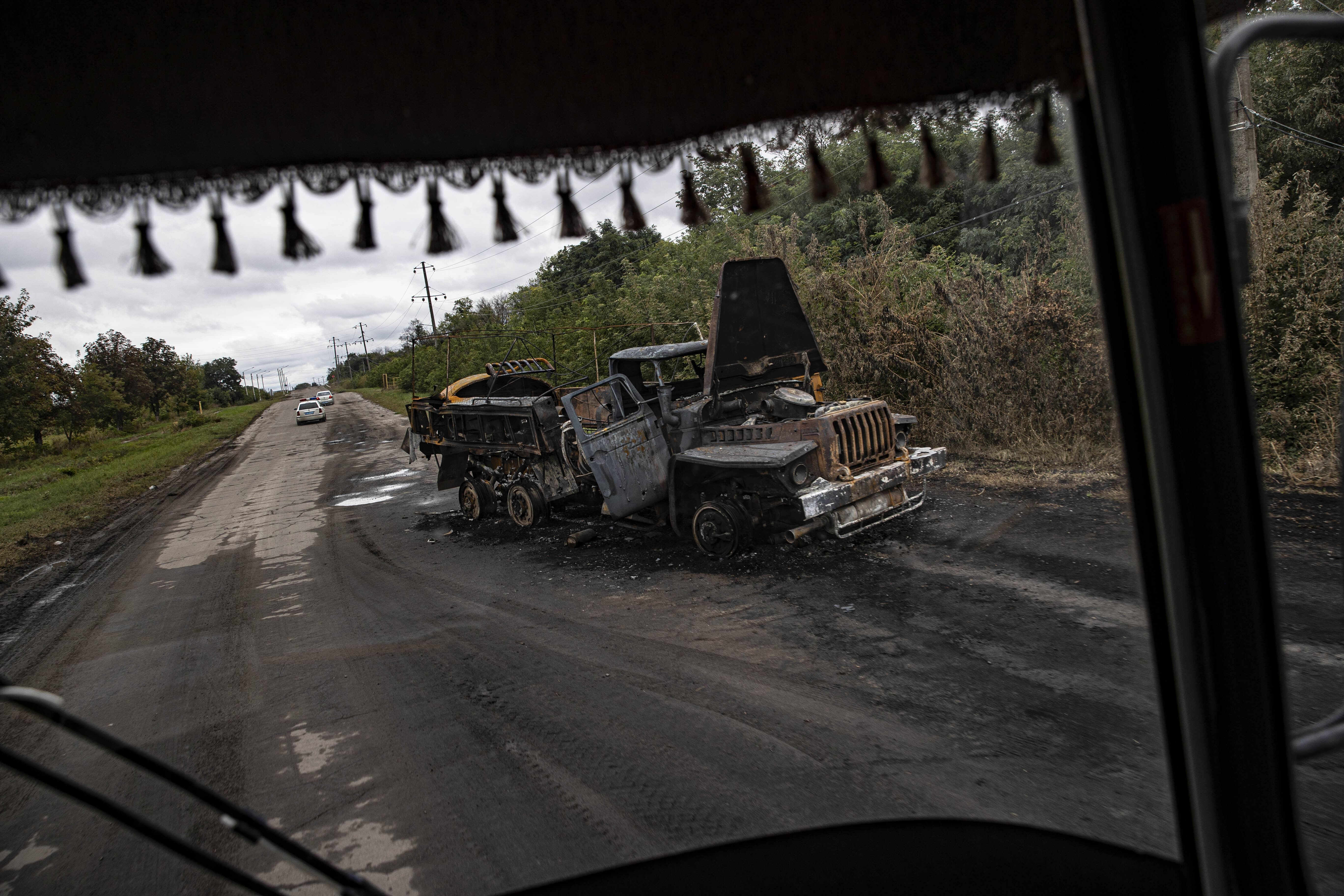Rahul Jaybhay
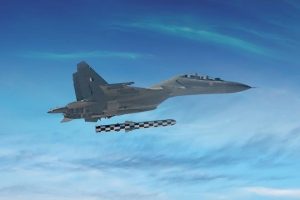
India and China have locked horns in recent times. Recent clashes at the border have added to India’s insecurity against the looming Chinese threat. In managing Beijing’s revisionism, India’s approach rhymes with its Cold War strategy: a squeamish reluctance to rely on external powers to manage the threat unless it becomes an existential challenge. India believes that entanglements in alliances would only limit its great power ambition. This reasoning drove India to relinquish the external balancing act while relying on internal efforts to build capacities with active support from like-minded nations.
As India’s relative capabilities vis-à-vis others in the international system improve, it remains cautious in seeking alliances to tackle China. Rising powers are always “allergic” to maintaining alliances. Partnerships envisioning certain preferences for the global distribution of capabilities come with costs to secondary partners as they have to adhere to the strategic template outlined by the stronger ally. Avoiding such a step of strategic entanglement, Indian efforts are primed to focus on acquiring military arms and building indigenous capacities. Even as India’s relationship with Western countries, especially the United States, has warmed recently, with significant military dividends, India remains reluctant to embrace a formal alliance. Instead, India’s effort to push for internal self-strengthening mechanisms to checkmate China’s growing invincibility has gained momentum.
The recent deal to transfer advanced technology of fighter jet engines from the United States remains the highlight of Prime Minister Narendra Modi’s state visit. There are real dividends from such technology transfers. Not only will it advance the U.S. long-term goal of weaning India away from Russia, but India’s own indigenous intent for defense production also gets a boost.
Recent Indian efforts to launch Pralay and other indigenous missile capabilities point to New Delhi’s efforts to rectify the growing imbalance that consolidated post-1990s when Beijing eclipsed India’s economic growth. The entanglement of conventional and nuclear delivery systems bequeaths intentional ambiguity that obscures the distinction in missile strikes. Such efforts signify India’s tendency to bridge the power deficit with China and pursue self-help mechanisms to tackle Chinese aggression, focusing on acquiring foreign armament that buttresses India’s internal strength.



